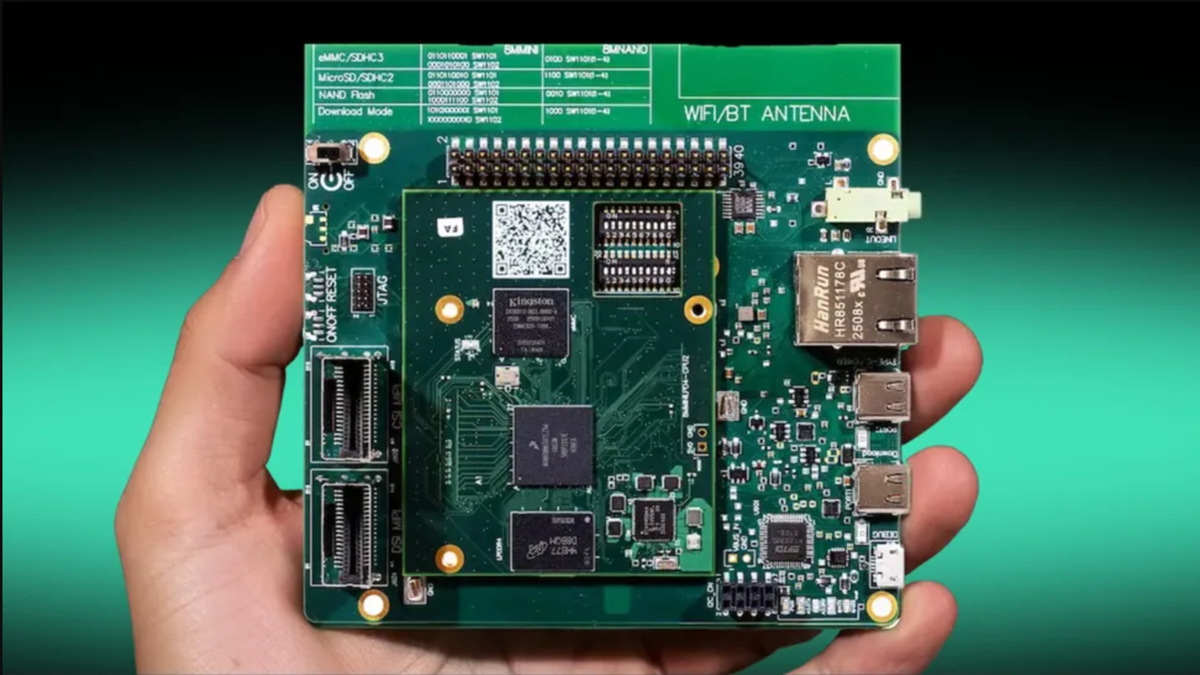Astronomers in Hawaii have discovered a new kind of explosion, and they’re the most energetic stellar explosions ever recorded.
Meet “extreme nuclear transients” (ENTs): when supermassive black holes tear apart stars at least three times heavier than the Sun, triggering an immense release of energy. An international team of researchers describes the discovery of this newly observed phenomenon in a study published Wednesday in the journal Science Advances, shedding light on events that will help astronomers study the distant universe.
“We’ve observed stars getting ripped apart as tidal disruption events for over a decade, but these ENTs are different beasts, reaching brightnesses nearly ten times more than what we typically see,” Jason Hinkle, lead author of the study and PhD student at the Institute for Astronomy at the University of Hawaii, said in a W. M. Keck Observatory statement. Tidal disruptions consist of supermassive black holes tearing apart any star that wanders too close, so ENTs are a kind of tidal disruption.
“Not only are ENTs far brighter than normal tidal disruption events, but they remain luminous for years, far surpassing the energy output of even the brightest known supernova explosions,” he added.
Their discovery took place almost by accident. While searching for enduring flares projecting from the center of galaxies in data from the European Space Agency’s Gaia mission, Hinkle came across two strange signals from 2016 and 2018, which started a multi-year investigation. At the same time, two separate teams found a comparable flare from 2020 in an astronomical survey called the Zwicky Transient Facility (ZTF). More data from the W. M. Keck Observatory in Hawaii confirmed the 2020 event’s similarity to the two Gaia events.
Given that these events unleashed more energy than any supernova known to science, Hinkle and his colleagues concluded that they weren’t your average stellar explosions. The enormous energy release and the shape of the event’s light curves indicated the presence of a supermassive black hole actively absorbing material, a process called accretion. Unlike regular black hole accretion, however—which sees nearby matter heat up and project irregular light—the astronomers discovered that these astrophysical events clearly involve a supermassive black hole systematically shredding and eating a giant star.
ENTs represent the most energetic known explosions in the universe. Gaia18cdj, the team’s strongest documented ENT, released 25 times more energy than the most energetic supernovae known to science. More broadly, each ENT releases as much energy as 100 Suns would emit over their entire 10-billion-year lifespans. For comparison, a regular supernova usually unleashes similar amounts of energy to a single Sun.
“These ENTs don’t just mark the dramatic end of a massive star’s life,” Hinkle explained. “They illuminate the processes responsible for growing the largest black holes in the universe.” ENTs are also at least 10 million times rarer than supernovae. Nevertheless, their massive energy outputs will prove to be extremely useful for astronomers studying far-away massive black holes.
“Because they’re so bright, we can see them across vast cosmic distances—and in astronomy, looking far away means looking back in time,” said Benjamin Shappee, study co-author and Associate Professor at the University of Hawaii’s Institute for Astronomy. “By observing these prolonged flares, we gain insights into black hole growth during a key era known as cosmic noon, when the universe was half its current age when galaxies were happening places—forming stars and feeding their supermassive black holes 10 times more vigorously than they do today.”
From theories of black holes leading to white holes to the suggestion that the universe might exist in a black hole and that supermassive black holes could replace particle colliders, the recent study joins a host of research shedding light on one of the most mysterious components of our universe.










 English (US) ·
English (US) ·